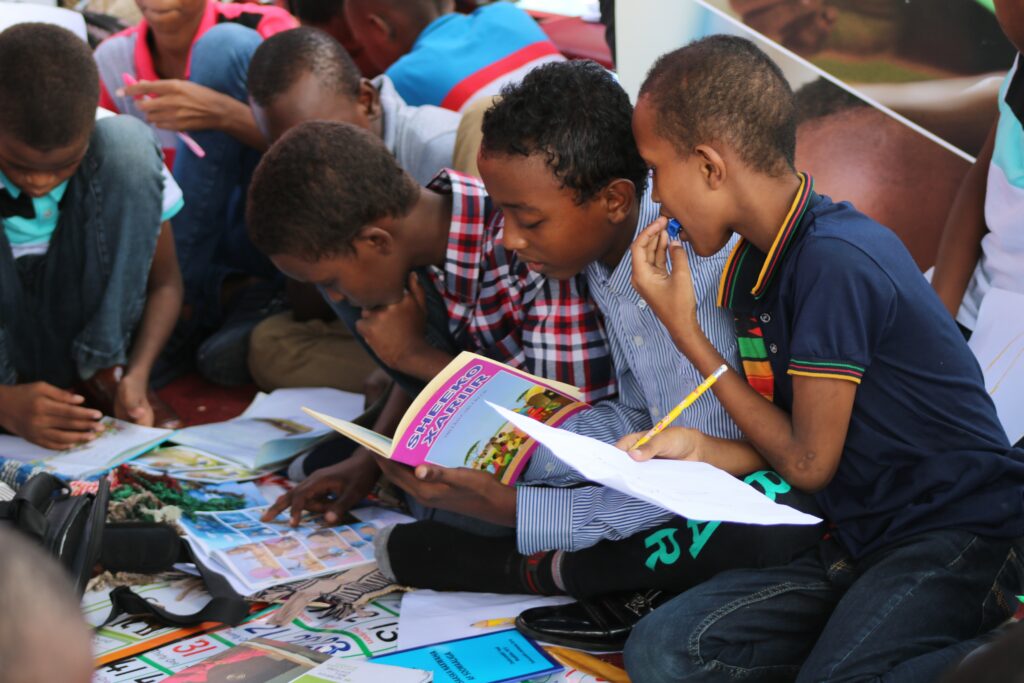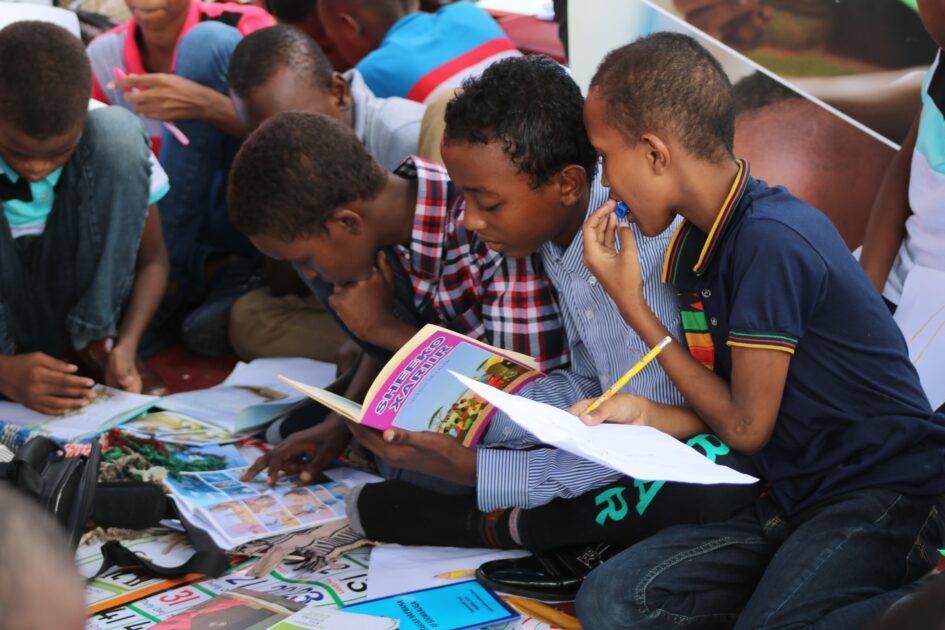This week, I will be looking into the learning environment approach of cooperative learning. This strategy is about encouraging social interactions between students while they are participating in their learning (Johnson & Johnson, 2009; Zook, 2018). The teacher is not teaching the students directly during cooperative learning, but instead is making sure that the groups all stay on task (Zook, 2018). Cooperative learning is not the same as group projects, where one or two people complete the majority of the work (Johnson & Johnson, 2009). It is structured so that all of the students put in effort in order to allow the whole group to reach the learning outcomes. This is done by making sure the five characteristics for a learning group are present. The first one is positive interdependence where the students depend on each other for success, and they must all succeed for the group to succeed. Next is individual and group accountability. This characteristic has each group member responsible for a different task of the final product. Third is promotive interaction, which requires students to promote the learning of the peers in their group because they all rely on each other to succeed. These characteristics also require students to help their peers when necessary, such as if they have less experience or knowledge, because the groups success depends on everyone successfully completing their work. Next is interpersonal skills, and this requires the students to learn how to work well as a group. The fifth and final characteristic needed for cooperative learning in the classroom is group processing, where the group must “monitor their process with the goal of improving their work process and product.” These skills are all important and necessary for a classroom to use cooperative learning successfully.
Using cooperative learning in the classroom can be done in different ways, and it is up to the teacher how they want to go about using it with the students (Zook, 2018). Typically, a class is not started with cooperative learning because the students are not yet focused on the class material and are therefore not ready to go work with their groups. After doing some lecturing, moving to a cooperative learning activity would be good because then the students know some information and can apply it to the activity.
In my group’s blueprint, we use cooperative learning to help our students improve their writing with descriptive language. The students will work with each other multiple times throughout this unit. The lessons can also be altered by the teacher to add more or less collaboration with peers depending on what they are wanting. One of our activities involves being in nature and using senses to make observations. The students can do this in pairs or small groups to work together and learn from what the other group members observe, in addition to sharing what they found. There are also some worksheets that can be done in pairs or after they do them individually, can be checked over with another student. This allows the learners to check their work with a peer and have questions answered and explained if needed. One other area we are going to have collaboration between students is through peer editing. Students will help each other with their writing, and provide feedback to help their peers learn how to improve their writing.
Cooperative learning definitely has a place in our final Interactive Learning Design. It provides the students time to work with their peers, which is beneficial for everyone because they are able to learn from other students instead of just the teacher. They are able to hear how other students understand something, and what they take away from the lesson or activity, adding a new perspective to their learning. Sometimes, having another student explain the materials or concepts can help others understand it better.
Johnson, D., & Johnson, R. (2009). An Educational Psychology Success Story: Social Interdependence Theory and Cooperative Learning. Educational Researcher, 38(5), 365-379. Retrieved from http://www.jstor.org/stable/20532563
Zook, C. (2018, October 18). What is cooperative learning and how does it work? Applied Educational Systems. https://www.aeseducation.com/blog/what-is-cooperative-learning-and-how-does-it-work.

Photo by Ismail Salad Hajji dirir on Unsplash

Leave a Reply
You must be logged in to post a comment.